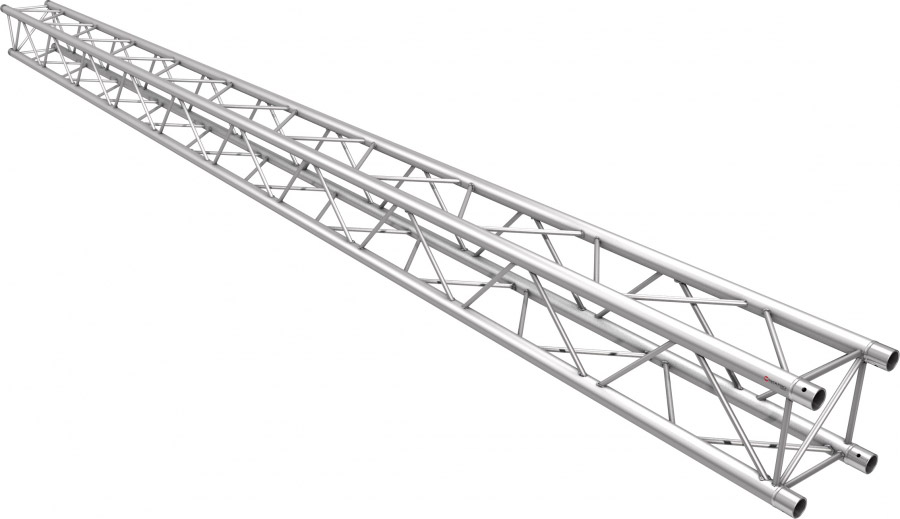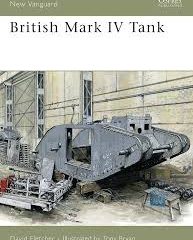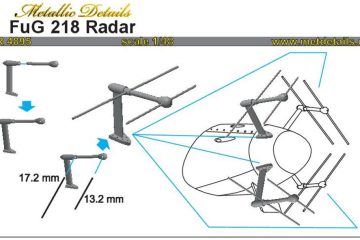The Importance of Trusses in Construction and Design

Introduction to Trusses
Trusses play a critical role in modern construction, providing essential support and structural integrity to various buildings and structures. As the need for efficient and robust architectural designs grows, understanding trusses becomes increasingly relevant for engineers, architects, and construction professionals alike.
What is a Truss?
A truss is an assembly of structural elements joined together to form a rigid framework. Typically formed from triangular units, trusses distribute loads effectively and provide structural stability, making them ideal for bridges, roofs, and towers. Their inherent triangular shape helps to evenly distribute forces, ensuring durability and longevity in construction.
Types of Trusses
There are several types of trusses, each designed for specific applications:
- King Post Truss: Mainly used in smaller spans, this truss consists of two diagonal members and a vertical post. It’s often seen in traditional wooden structures.
- Queen Post Truss: Similar to the King Post, but with two vertical posts, allowing for longer spans. This design is popular in residential buildings.
- Howe Truss: Characterized by inclined heels and vertical members, this truss provides flexibility and is commonly used in bridges.
- Warren Truss: Employing equilateral triangles, this truss is known for its lightweight design and strength, making it ideal for both bridges and roofs.
Modern Applications of Trusses
Trusses are essential in contemporary engineering and architecture. With advancements in materials such as steel and engineered wood, designers can create larger and more complex structures. For instance, the use of trusses in stadiums and concert halls allows for expansive open spaces without obstructive columns, enhancing both acoustics and spectator experience.
In recent years, sustainable building practices have led to innovative uses of trusses in eco-friendly designs. Utilizing renewable materials and optimizing designs helps reduce construction waste and energy consumption.
Conclusion
Trusses continue to be a foundational element in construction and design due to their versatility and strength. As we move forward, ongoing research and development in truss technology will likely enhance their performance, enabling even more ambitious architectural aspirations. Understanding the various types and applications of trusses is essential for anyone involved in the construction industry, providing insights into efficient design and structural integrity.









